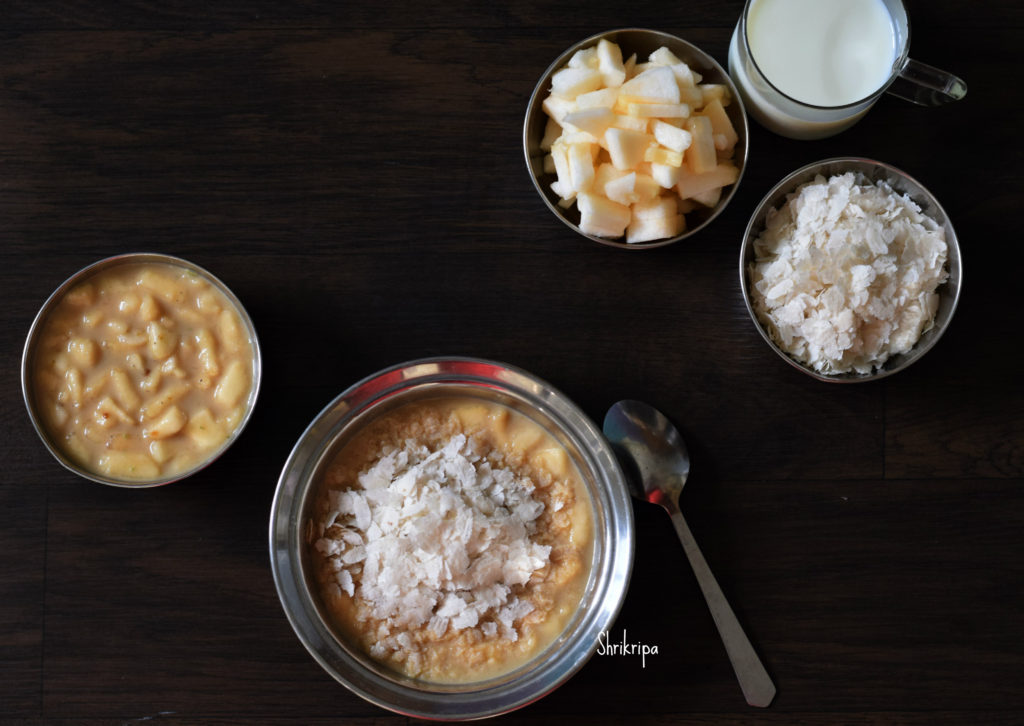Mango ginger! Yes, it is a rhizome, resembles more of a ginger and tastes like Mango sans tanginess.
It is locally known as Mangannari /mavinakai shunti in Kannada and Aam Haldi in Hindi. Mango ginger is an antioxidant, anti-fungal, antibacterial, and anti-inflammatory.
In our native, it is widely used in our traditional cooking. We usually make Chutney or Tambli and add lemon to the pickle. I’ve never tried or eaten the Thokku version. My dear friend Smitha sent me her grandmom’s recipe and asked me to prepare and post it on my blog. Heirloom recipes are very dear to my heart, and I am fortunate to get the soul-satisfying, tasty, and flavorful recipe of mango ginger Thokku.
Ingredients:
Mango ginger – 200 – 250 grams (grated or ground to semi-coarse texture)
Hing/ Asafetida – A generous pinch (1/2 Teaspoon)
Curry Leaves – A sprig or two
Byadagi Red Chillies – 4 (broken into pieces)
Tamarind – the size of a big gooseberry (soak in a hot water and extract the pulp)
Fenugreek/Methi seeds – 2 Teaspoons (Roasted and powdered)
Jaggery Powder – 1 to 2 Teaspoons
Oil – ¼ to ½ cup.
Mustard Seeds – 2 Teaspoons
Red chilli powder – 1 to 2 Tbsps.
Salt – To taste
Turmeric Powder – 2 Teaspoons (You can use freshly grated turmeric too)
Method:
-After Washing, peel the mango ginger, grind it into a semi-coarse texture or grate it.
-Take one kadai, heat oil, splutter mustard, add hing, red chillies, curry leaves and fry.
-Add mango ginger and sauté it well. At this time, add turmeric, roasted methi powder, and red chilli powder. Mix well and cook for 2 to 3 minutes.
-Add salt, jaggery and tamarind extract and cook on a low flame.
-When almost done, oil leaves on the sides and the mixture becomes a shiny mass.
-Switch off the gas, allow it to cool and store it in a clean glass jar.
-Stays well for months. If refrigerated, it stays for a year. Just like any other Thokku. Voila! Enjoy with idli, dosa, Uppittu or steaming hot rice with a dollop of ghee or any preferred oil.
Note: If using fresh turmeric, add it with the mango ginger or halfway through.
Whether grinding or grating, the final texture will be like that of chutney… smooth. So, grind it to a coarse texture, as grating can be tedious. If cooking on low heat, occasional stirring and tossing is enough.
Tip: You can grind two green chillies along with the mango ginger. That enhances the taste. In that case, you can reduce the chilli powder by half a teaspoon and one or two dried red chillies in the tempering. Jaggery balances it and tastes Thokku to the next level.







